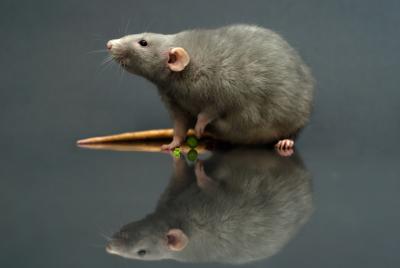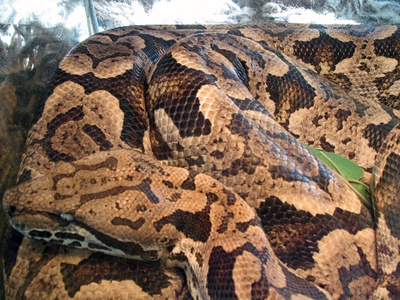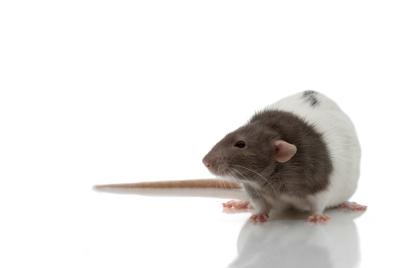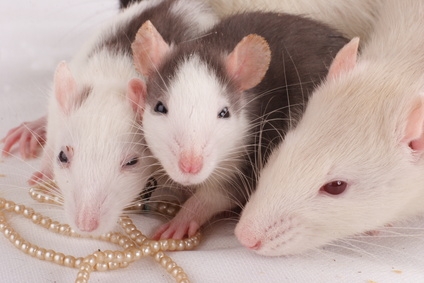
The Best Way to Catch and Kill Barn Rats. Most species of rats will inhabit barns and other farm outbuildings. The livestock feed and grain makes ideal feed for the rats. They also find many nesting areas in the manure and hay prevalent in barns. They can spread diseases to livestock and humans and their gnawing on wood can damage structures. While barn cats are the traditional foe of mice and rats they are usually less effective with rats. Therefore traps and poison are the best methods for removal.

Rat traps vary in size and design. Some look similar to the standard spring loaded mouse trap but are four to five times larger. Others resemble traps used for fur bearing game. A new version of the trap uses a sticking substance to ensnare the rat. Whatever trap style is used you will need several. The University of Washington suggests setting more traps than the estimated rat population. There are also live capture rat traps available. You are then challenged with the task of killing and disposing of the animal. Releasing rats on other people’s property or even on public land may be against local regulations. Place all traps, including glue boards, in areas safe from pets and children.
Poison is often used to kill rodents in barns or outbuildings. Most mouse or rat poisons are anti-coagulants. This means the animal's blood is thinned to the point of internal bleeding and death. Some poisons reach fatal doses only if the rat consumes the poison daily for up to five days. Others are faster acting. According to Washington State University traps are a preferred rat control method to poisoning. They cite the danger poisons pose to children and pets if poisons are improperly used and the health dangers of rat bodies decaying in inaccessible areas. Property owners who use rat poison around a barn should follow label directions and safety precautions closely. Place any poison in a bait box. These wooden or metal boxes are designed with holes sized to allow only the entrance of rats or mice and exclude pets and larger wildlife.
 What Is the Life Cycle of a California King Snake?
What Is the Life Cycle of a California King Sn
What Is the Life Cycle of a California King Snake?
What Is the Life Cycle of a California King Sn
 What Do Frogs Eat in the Desert?
What Do Frogs Eat in the Desert?
What
What Do Frogs Eat in the Desert?
What Do Frogs Eat in the Desert?
What
 Science Experiments With Rats in a Maze for Kids
Science Experiments With Rats in a Maze for Ki
Science Experiments With Rats in a Maze for Kids
Science Experiments With Rats in a Maze for Ki
 List of Pet Rodents
List of Pet Rodents
List of Pet Rodent
List of Pet Rodents
List of Pet Rodents
List of Pet Rodent
 The Best Way to Catch and Kill Barn Rats
The Best Way to Catch and Kill Barn Rats
The Best Way to Catch and Kill Barn Rats
The Best Way to Catch and Kill Barn Rats
Copyright © 2005-2016 Pet Information All Rights Reserved
Contact us: www162date@outlook.com